If you’ve played ranked in League of Legends then you will be familiar with the game’s ranked system. There are ten different ranks that players can achieve during their competitive matches, but you might be surprised to see how players are distributed among them.
You would think that the higher the rank the fewer players would fall into the category, but that’s not always the case. No, since the addition of Emerald, League’s ranked distribution has been shaken up substantially, but when you see it on paper it makes a lot of sense.
From Iron to Challenger, here is a look at how players fall into each category across League’s ranked tier system.
League of Legends ranked distribution

While the ranked distribution in League of Legends is always changing by tiny amounts, it tends to stay around the same number through each season. Here are the latest distribution numbers courtesy of League of Graphs who keep an updated record of player data in League.
Soloqueue ranked distribution
| Rank | Distribution Percentage |
| Challenger | 0.022% |
| Grandmaster | 0.060% |
| Master | 0.41% |
| Diamond | 4.1% |
| Emerald | 12% |
| Platinum | 19% |
| Gold | 20% |
| Silver | 18% |
| Bronze | 18% |
| Iron | 6.9% |
Draft flex ranked distribution
| Rank | Distribution Percentage |
| Challenger | 0.0077% |
| Grandmaster | 0.023% |
| Master | 0.20% |
| Diamond | 3.8% |
| Emerald | 16% |
| Platinum | 19% |
| Gold | 16% |
| Silver | 17% |
| Bronze | 18% |
| Iron | 6.8% |
You probably guessed, but the most elite group in all of the League rankings are those who achieve Challenger in flex queue. What you might not have guessed is that you’re more likely to be Emerald than Iron in solo queue.
There’s a lot that can be learned from the League ranked distribution and if there are any significant changes to these numbers this article will be updated to reflect that. Nonetheless, this is the state of League’s ranked mode to kick off 2024.


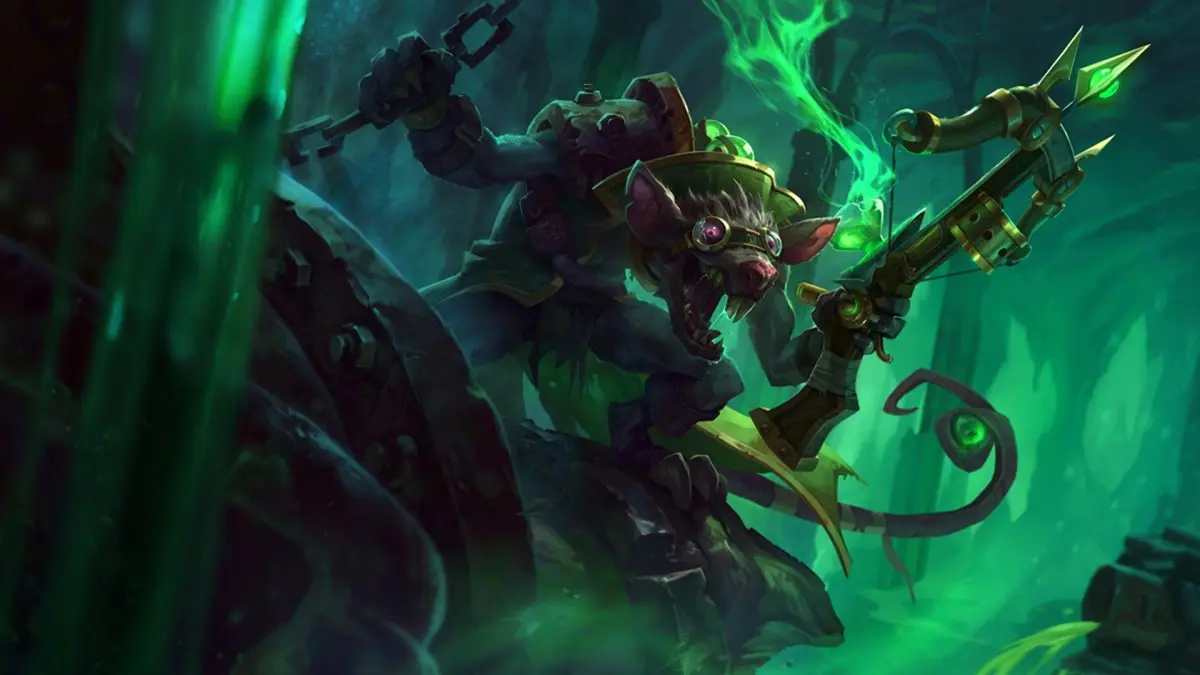
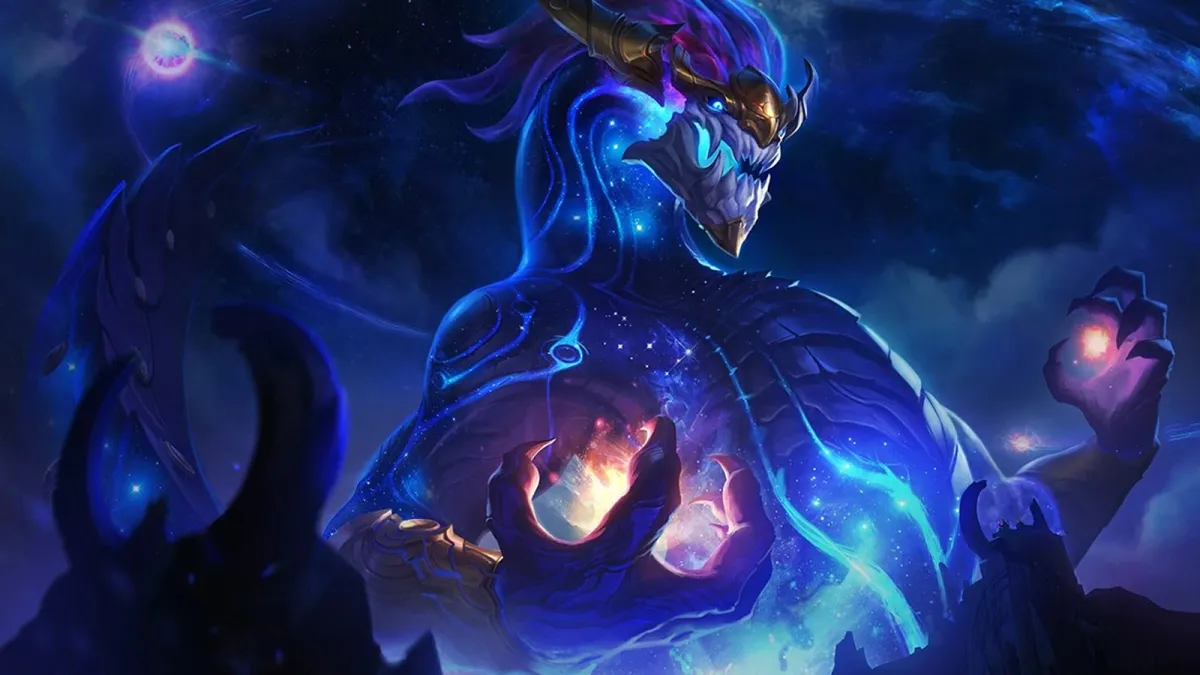
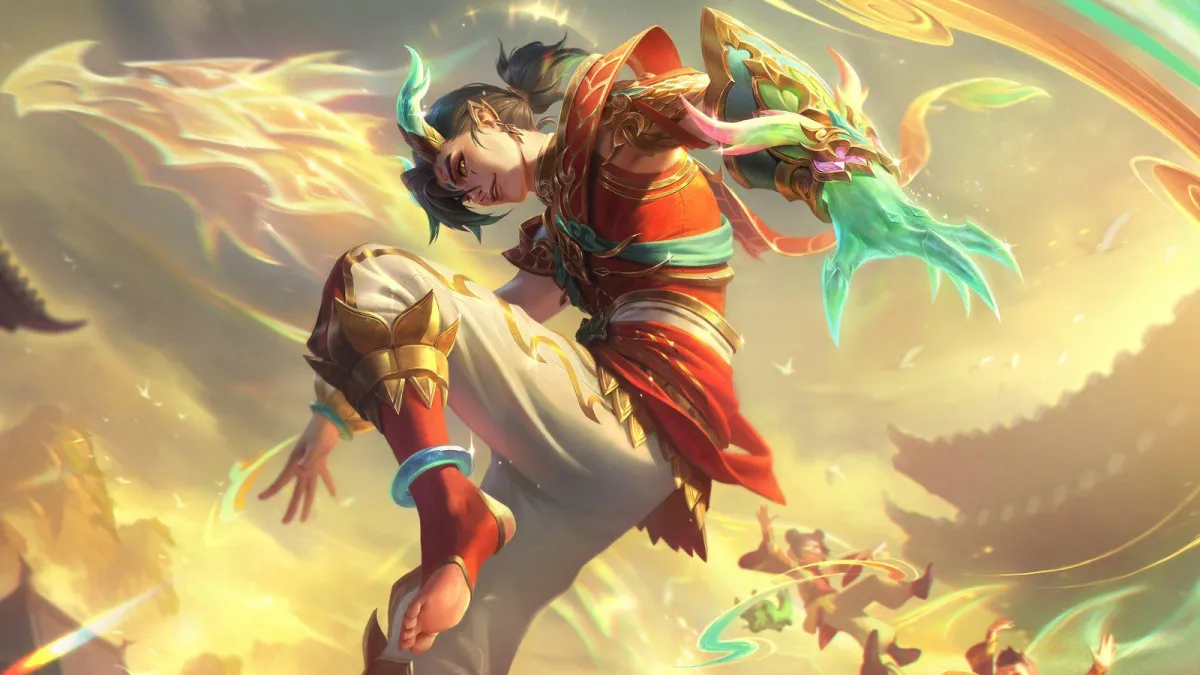

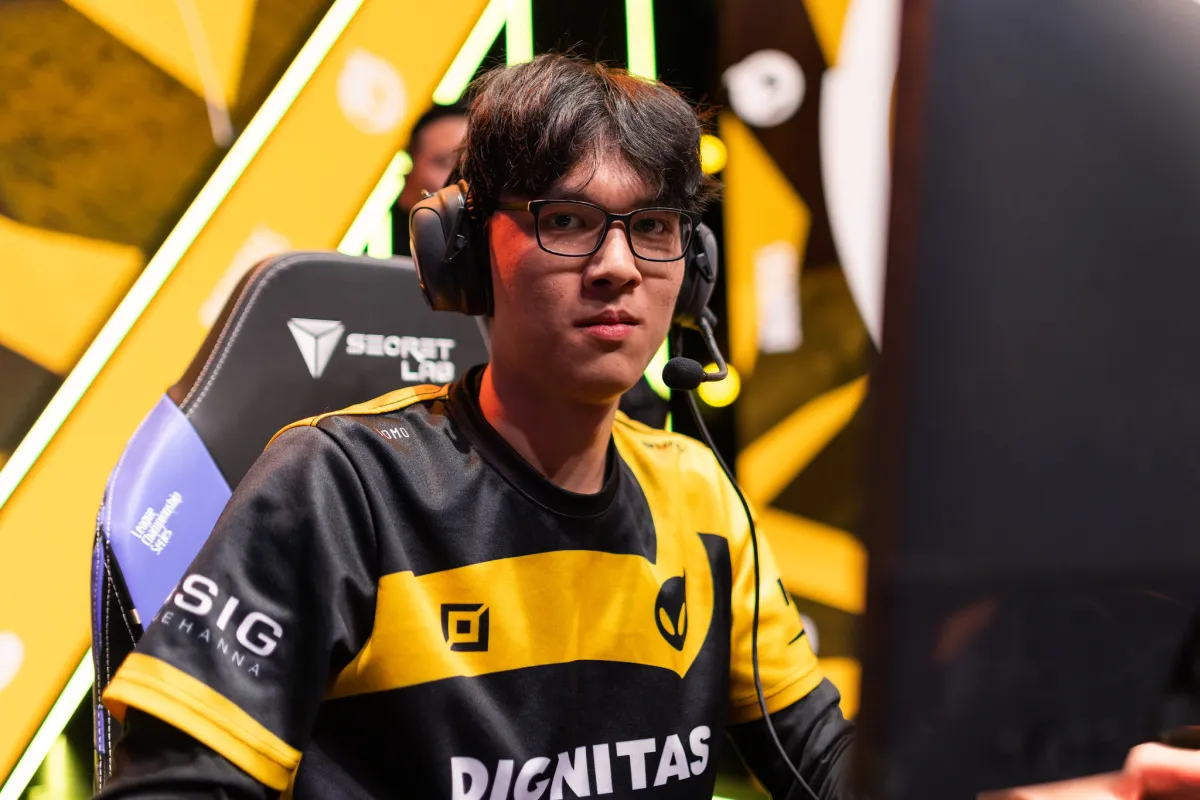





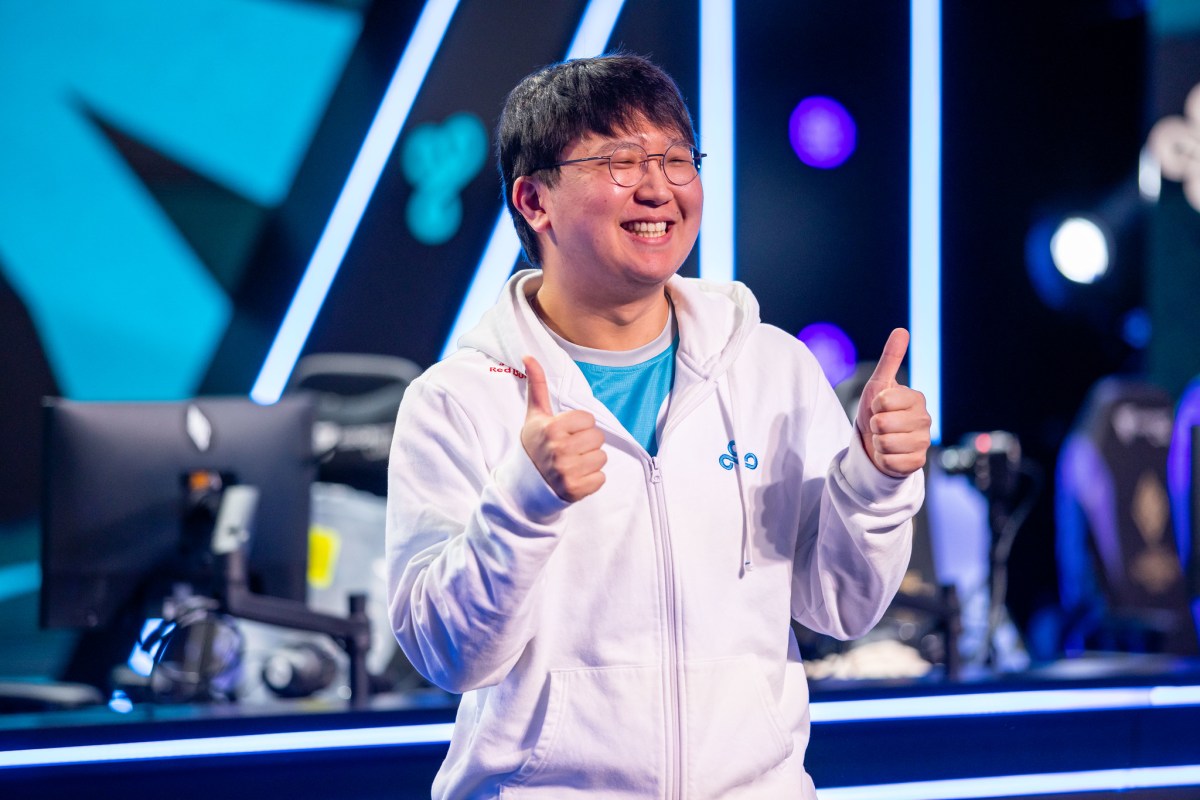


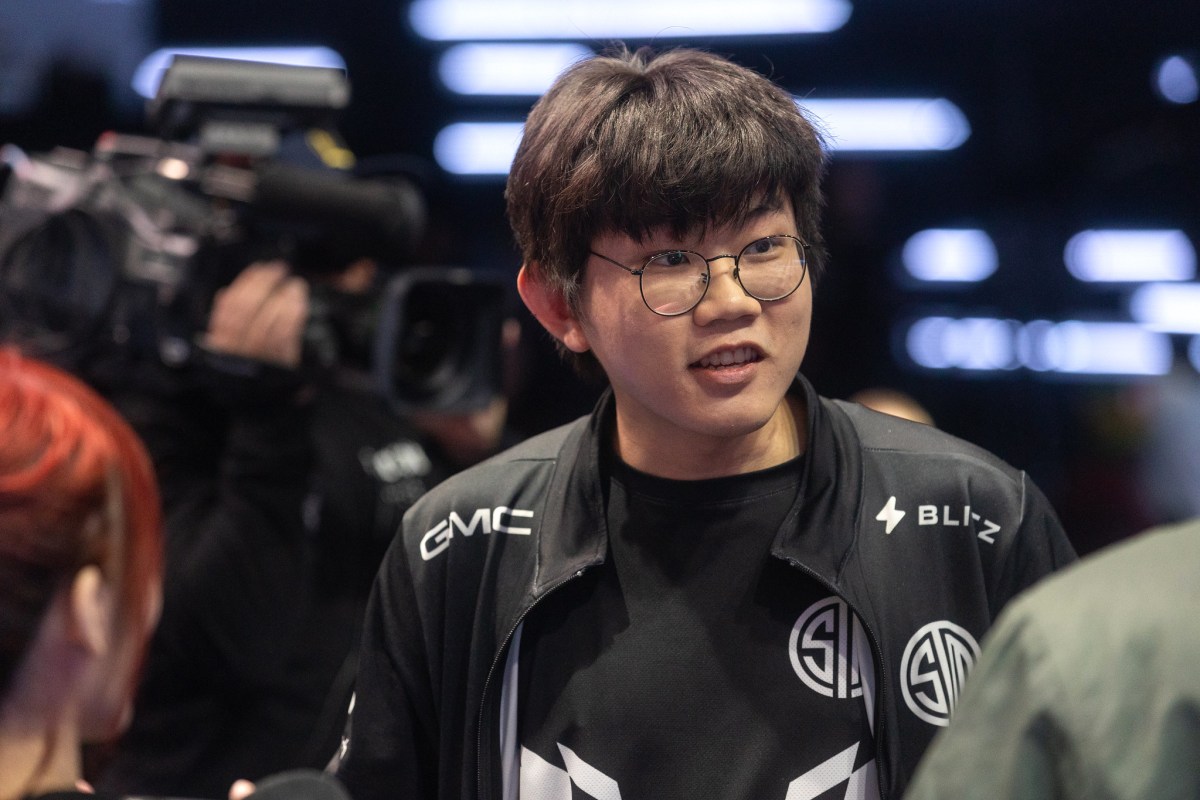

Published: Feb 11, 2024 07:06 pm